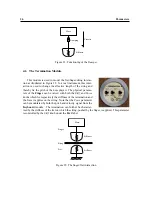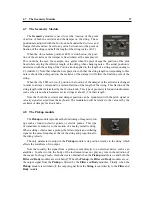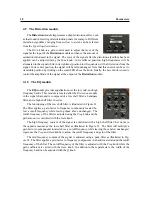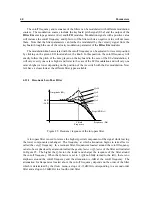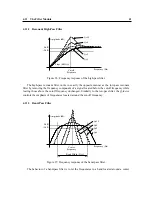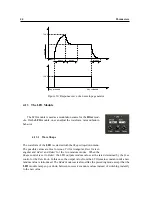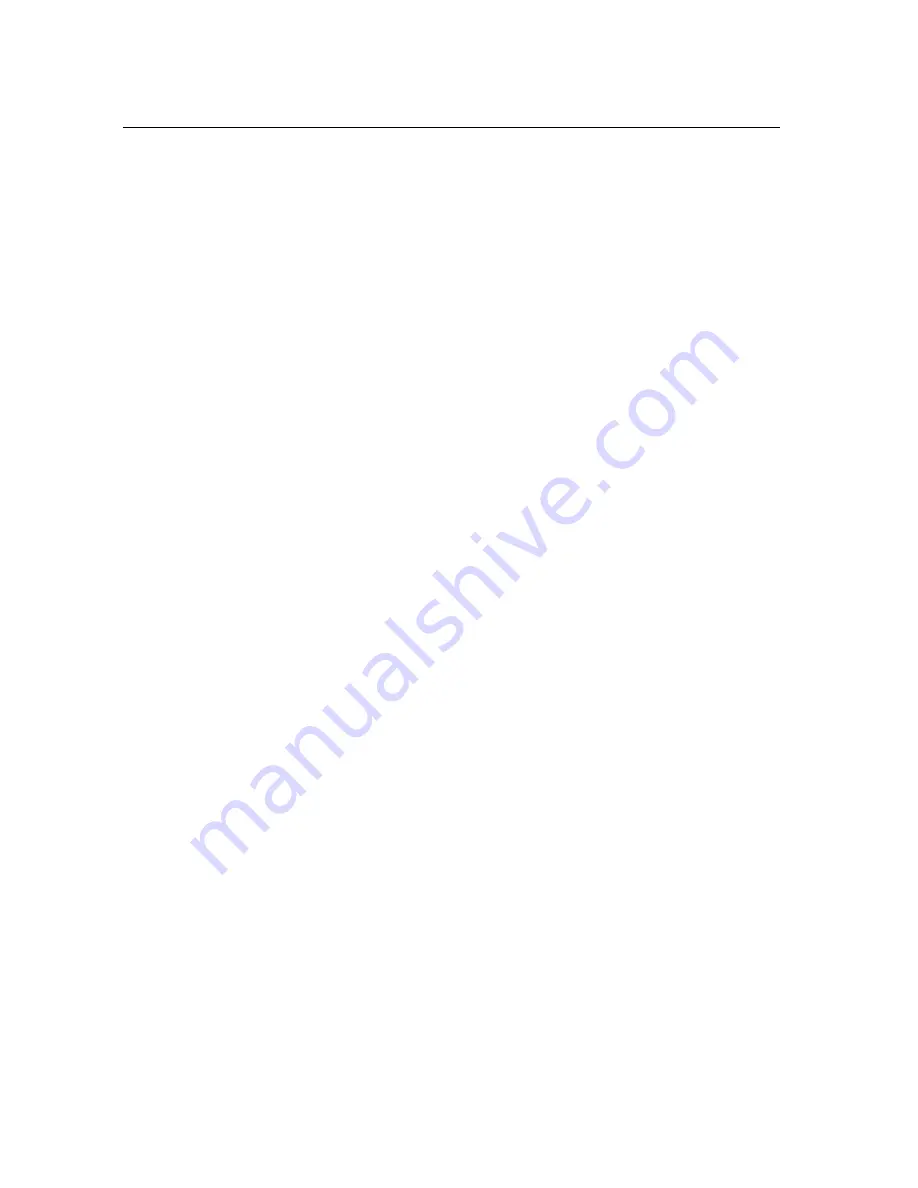
50
Parameters
4.18.1
The Clock Module
This module is used to control the tempo of the different effects of the output section as well as
that of the LFO and Arpeggiator modules. The Source drop down menu is used to determine if
the sync signal comes from an external source or from the internal clock of the module. The Tempo
display indicates the value of the tempo in BPM (beats per minute). When String Studio is used as
a plug-in in a host sequencer and the Ext source is chosen, the clock signal will be that sent by the
host sequencer while in standalone mode the clock will be the one received on the MIDI channel
selected in the toolbar.
When the Int source is chosen, the tempo is determined by the value of Tempo display. The
tempo can also be changed by clicking repeatedly on the Tap pad of the Tempo display which will
update the value of the tempo in the Tempo display.
Note that the settings of the Clock module are saved with presets. In order for the Clock
module to remain in a specific state even when loading new presets, click on the Lock icon at the
top of the module.
4.18.2
The Chorus Module
This module implements both a chorus and a flange effect consists of four variable delay lines in
parallel with a cross-feedback matrix between the lines. A wide range of effects is obtained by
modulating the length of the lines and varying the amount of cross-feedback.
The Chorus drop down menu is used to choose between different chorus and flanger algorithms.
The effect can be synchronized to the Clock module with the Sync drop-down menu. Sync values
range from 1/8 of a quarter note (a thirty-second note) to 16 quarter notes (4 whole notes) where
the duration of the whole note is determined by the value (in BPM) appearing in the Tempo display
of the Clock module. The effect can also be synced to a triplet (t) or dotted note (d).
The different chorus algorithms can be controlled with the three knobs appearing at the bottom
of the module. The Mix knob is used to adjust the ratio of “dry” and “wet” in the output signal of
the module. When the knob is adjusted in the left position, only the original or “dry” signal is sent
to the output while in the right position only the processed or “wet” signal is sent to the output. In
its center position there will be equal amounts of “dry” and “wet” signal in the output signal. The
Depth knob is used to adjust the amount of variation of length in the delay lines which controls the
amplitude of the effect while the Rate knob is used to fix the frequency of the modulation.
4.18.3
The Delay Module
This module is a standard ping pong delay which is used to generate echo. It is based on two delay
lines each including a low-pass filter. The effect is obtained by feeding back the signal at the end of
each delay line into the input of the other line with an attenuation coefficient. The result is a signal
traveling from one channel to the other, each time attenuated and filtered in the high frequencies
due to the gain factor and the presence of the low-pass filter.
Содержание STRINGSTUDIO
Страница 1: ...USER MANUAL ...

